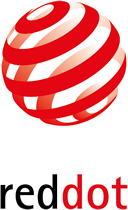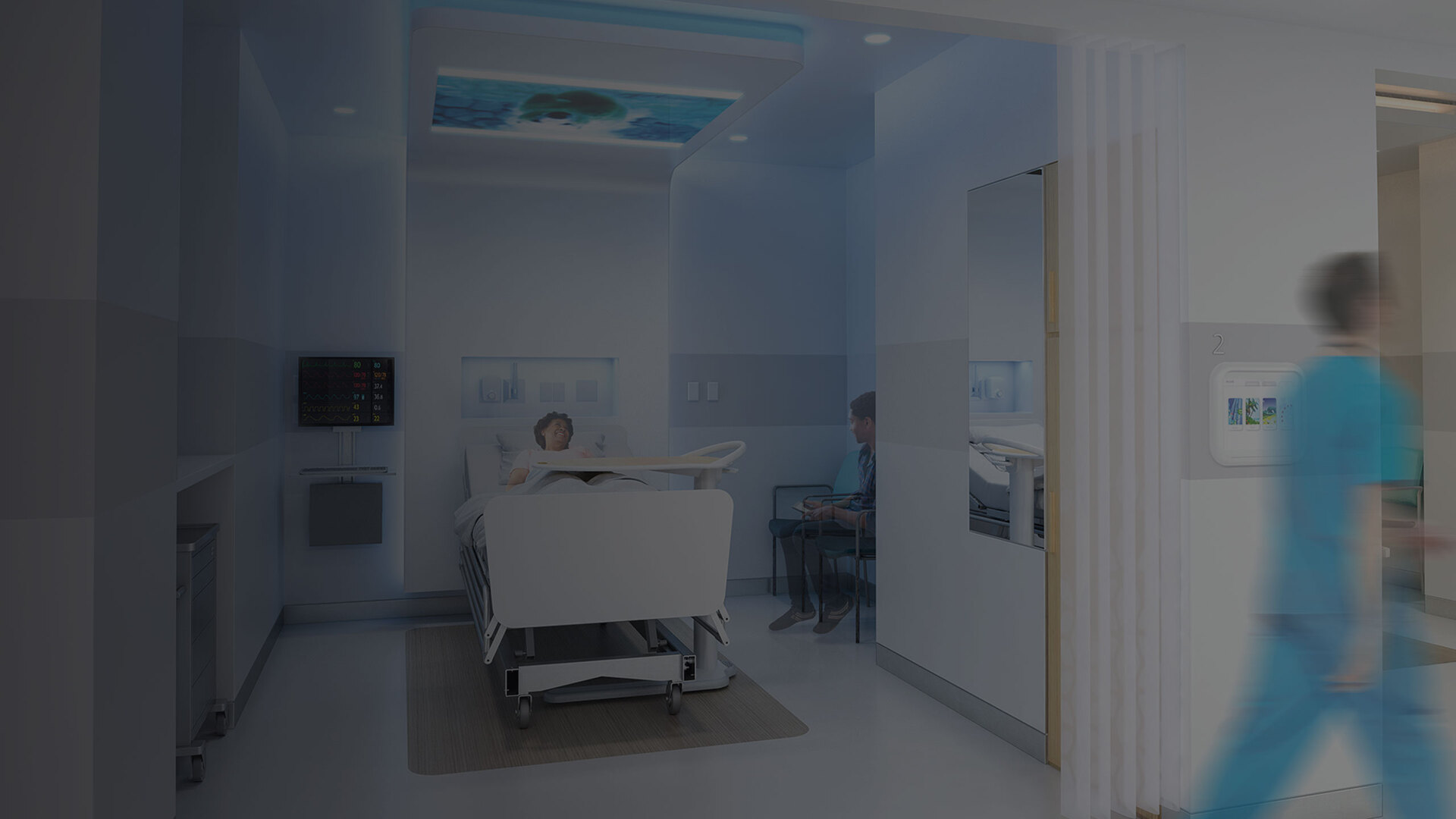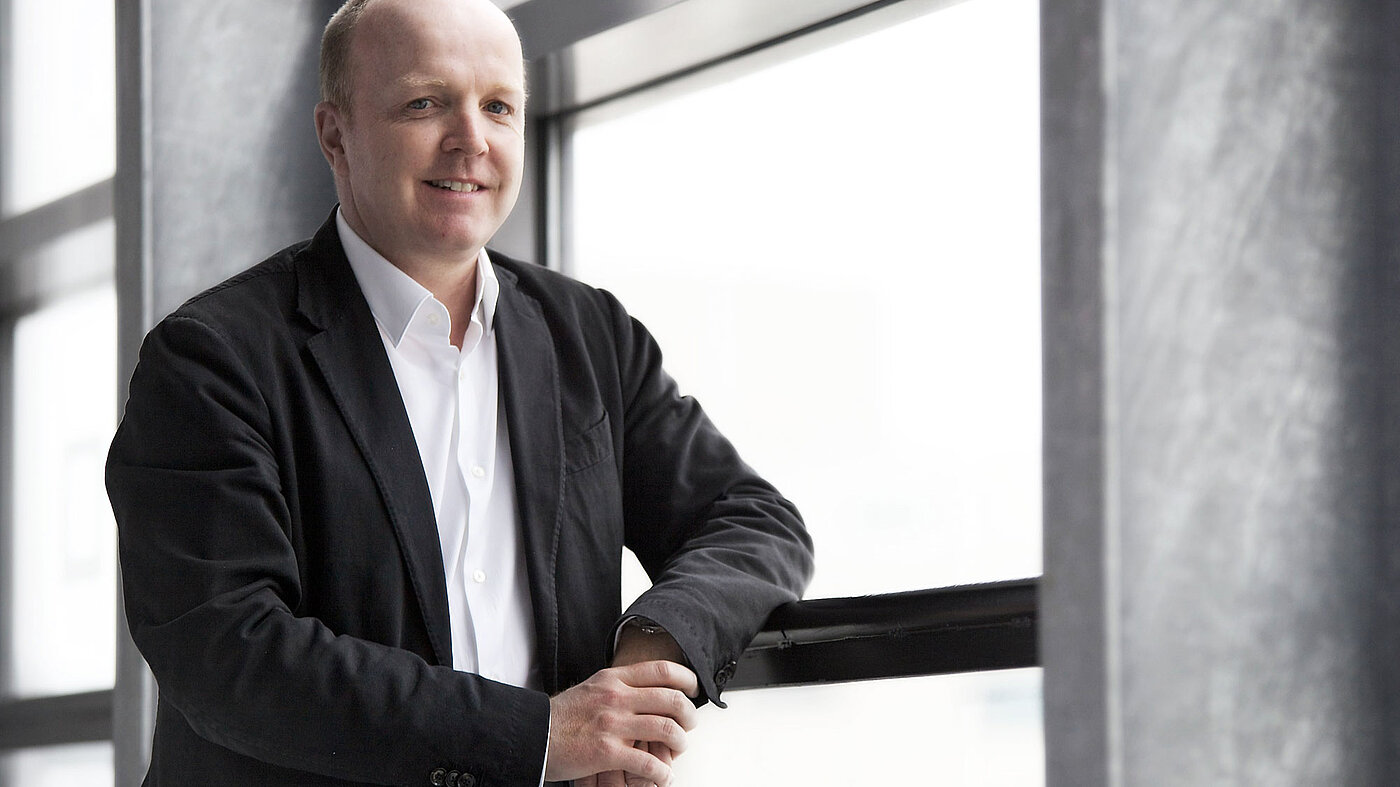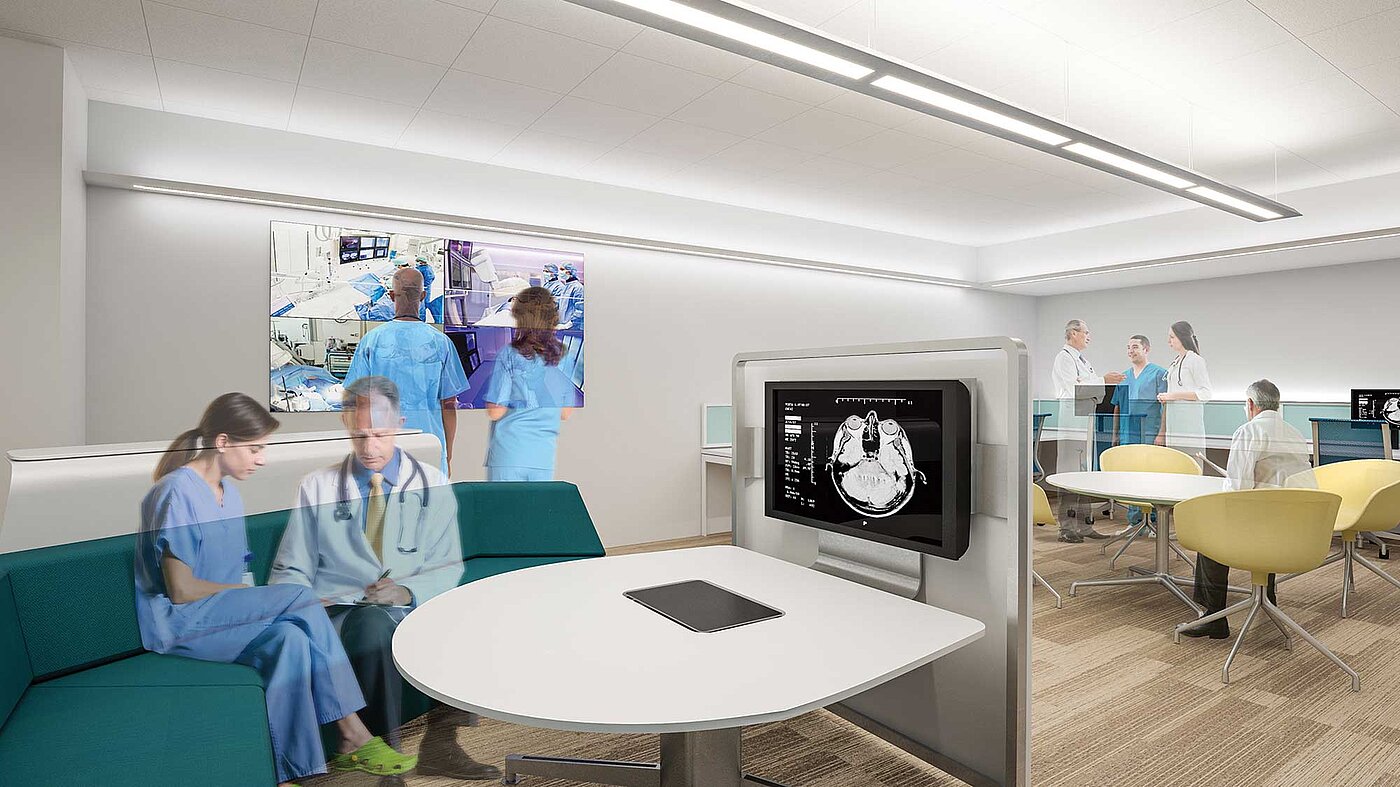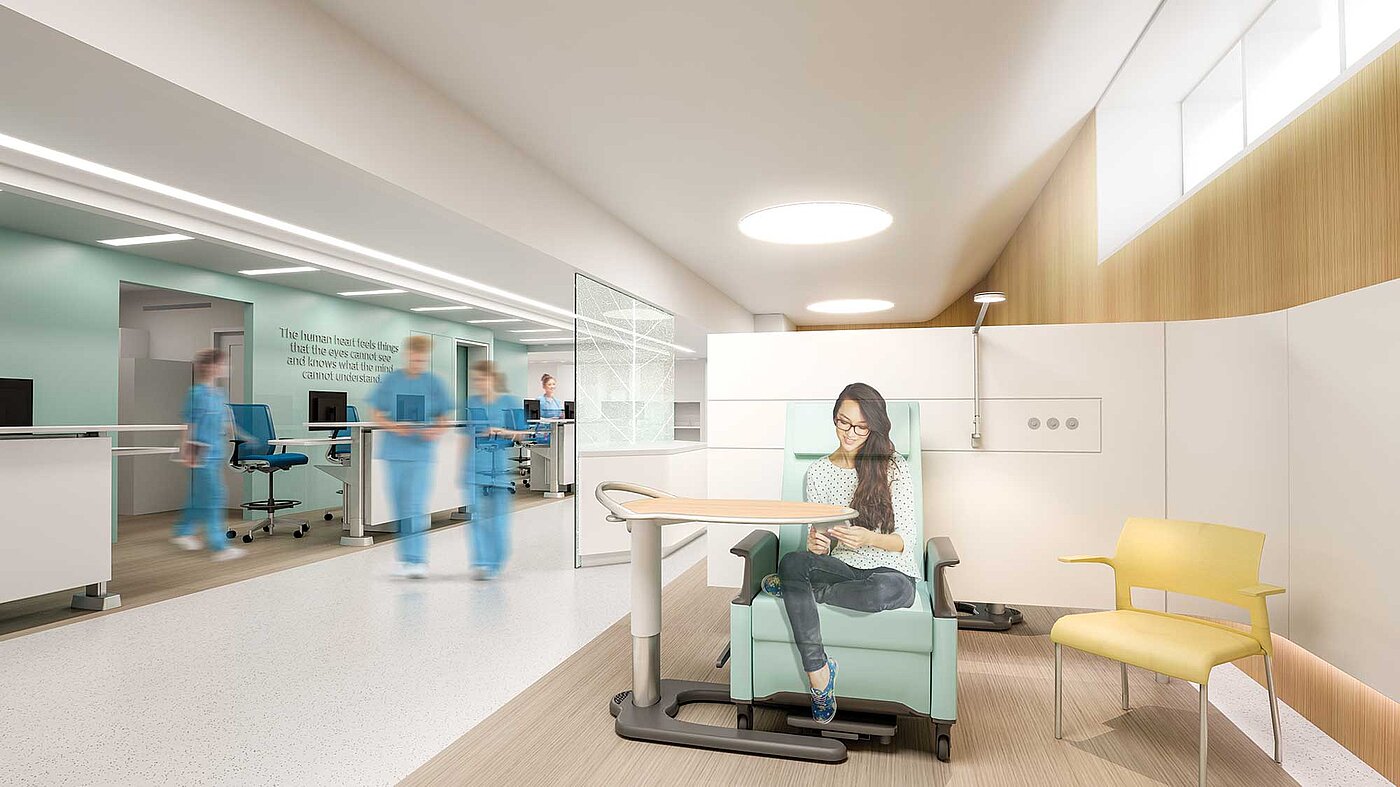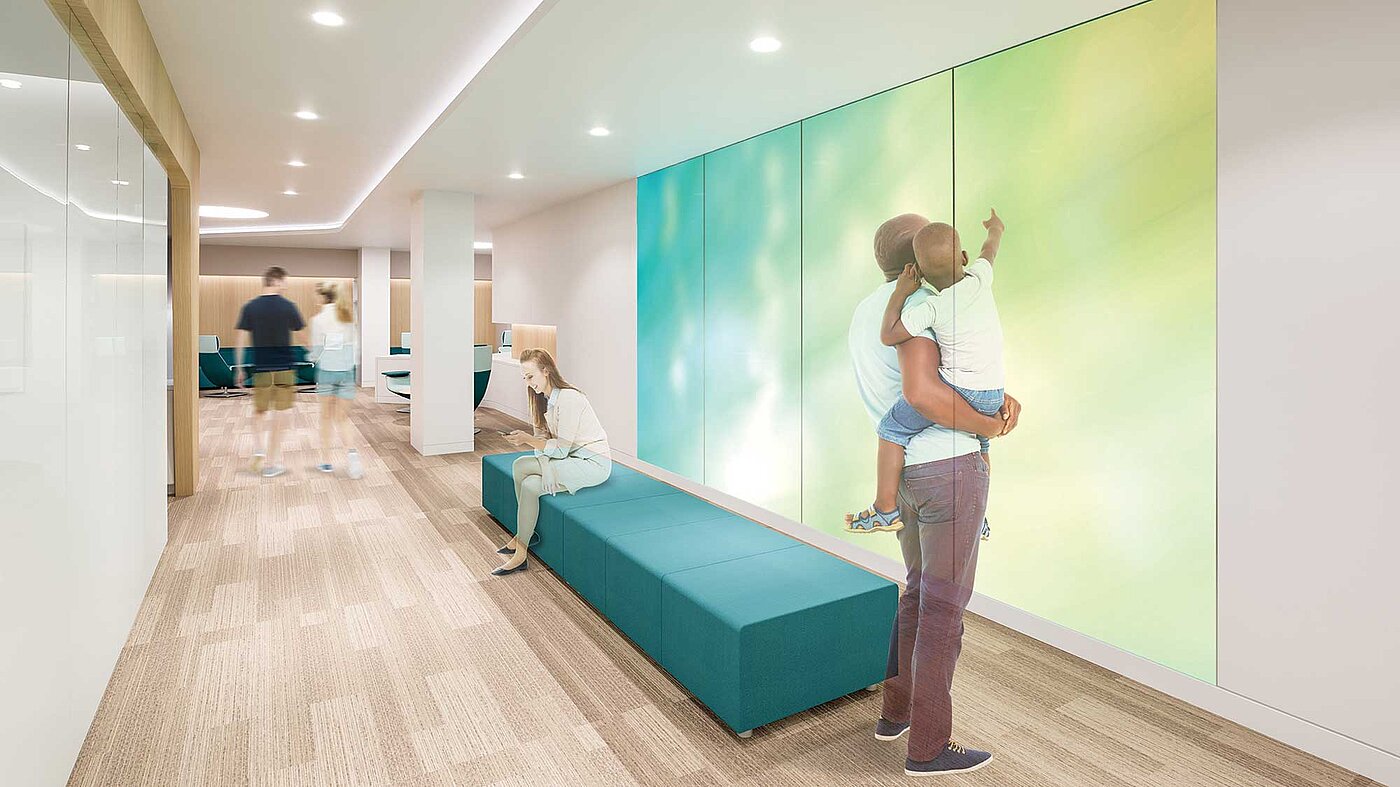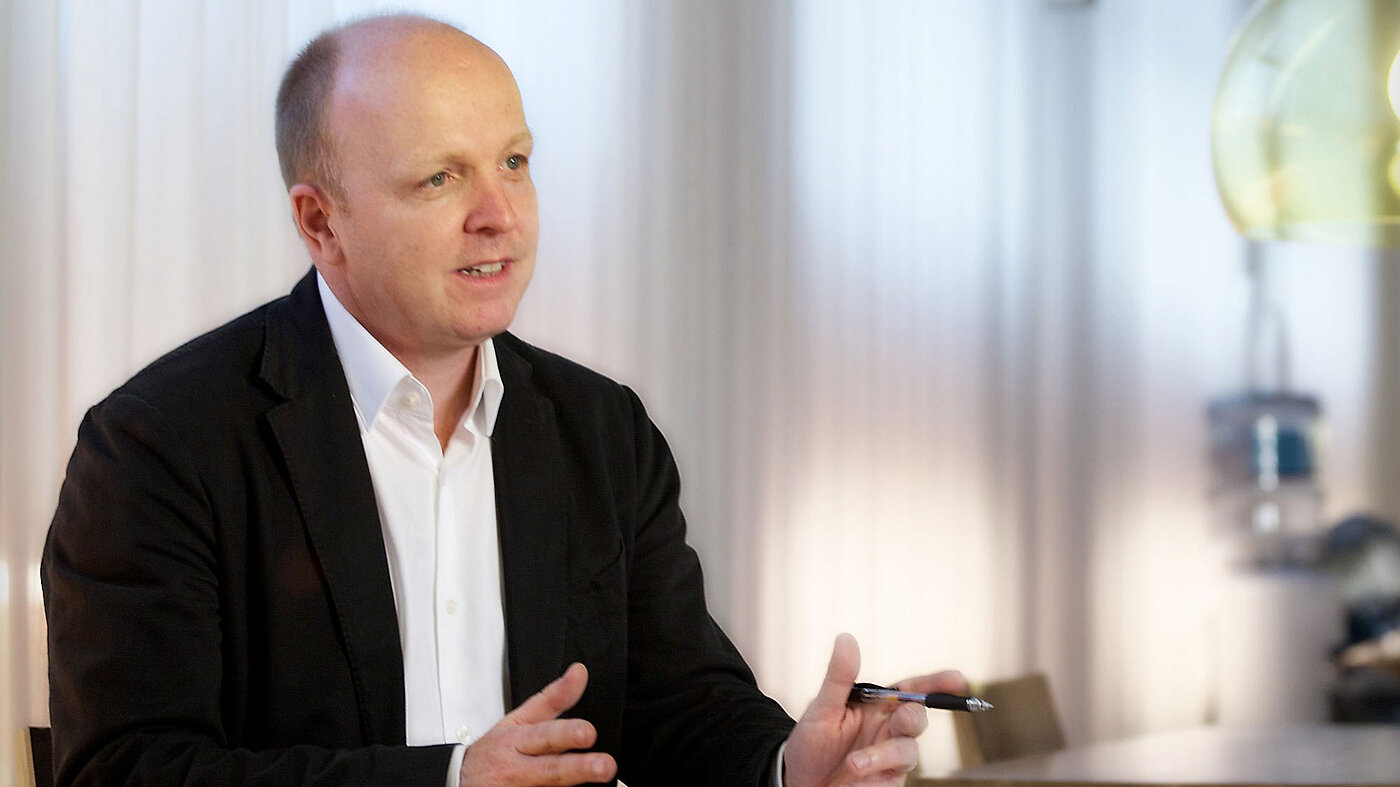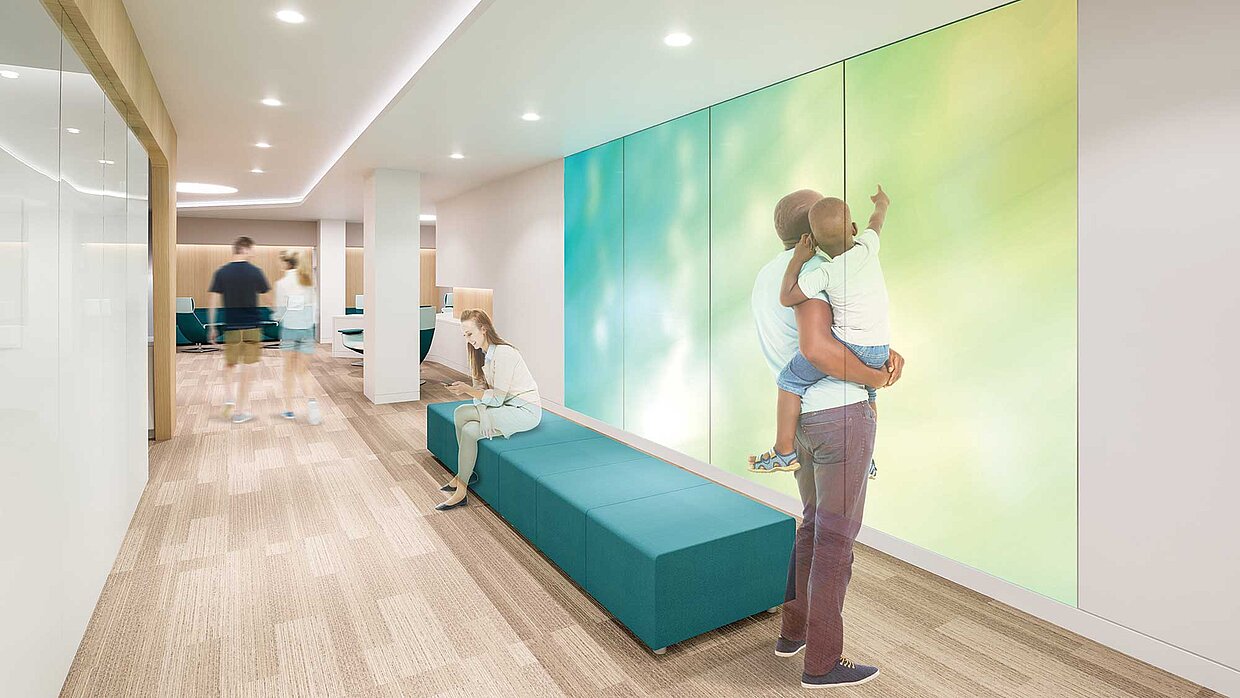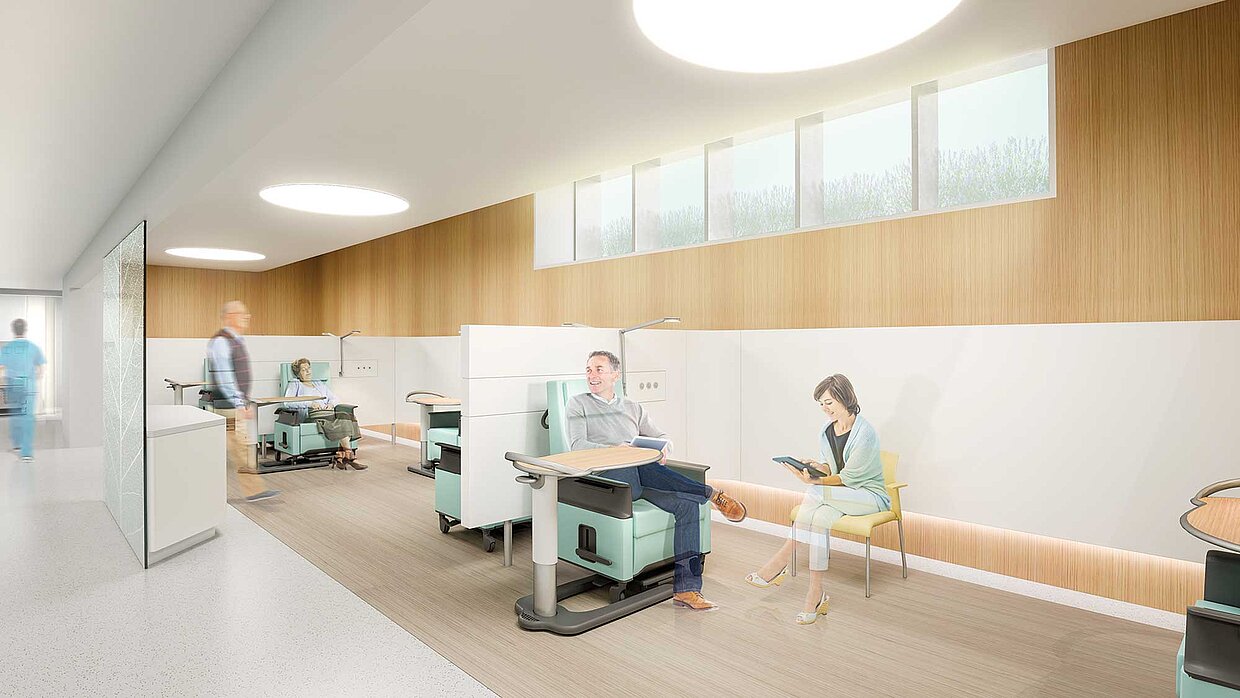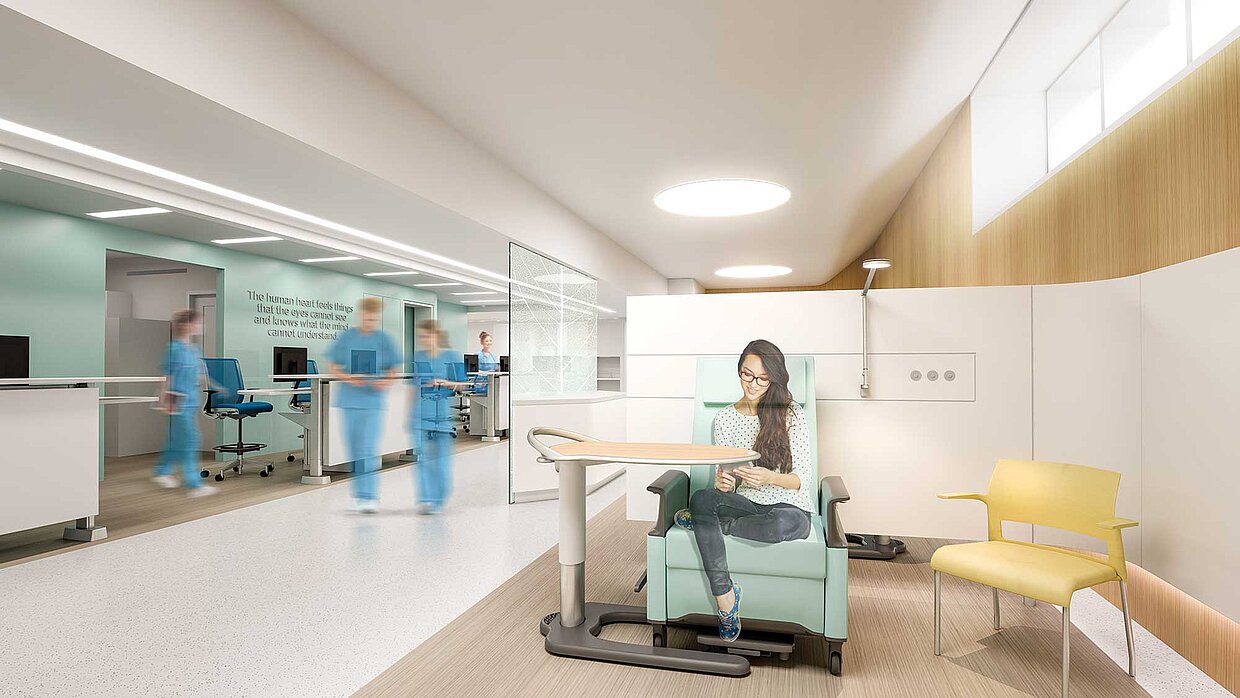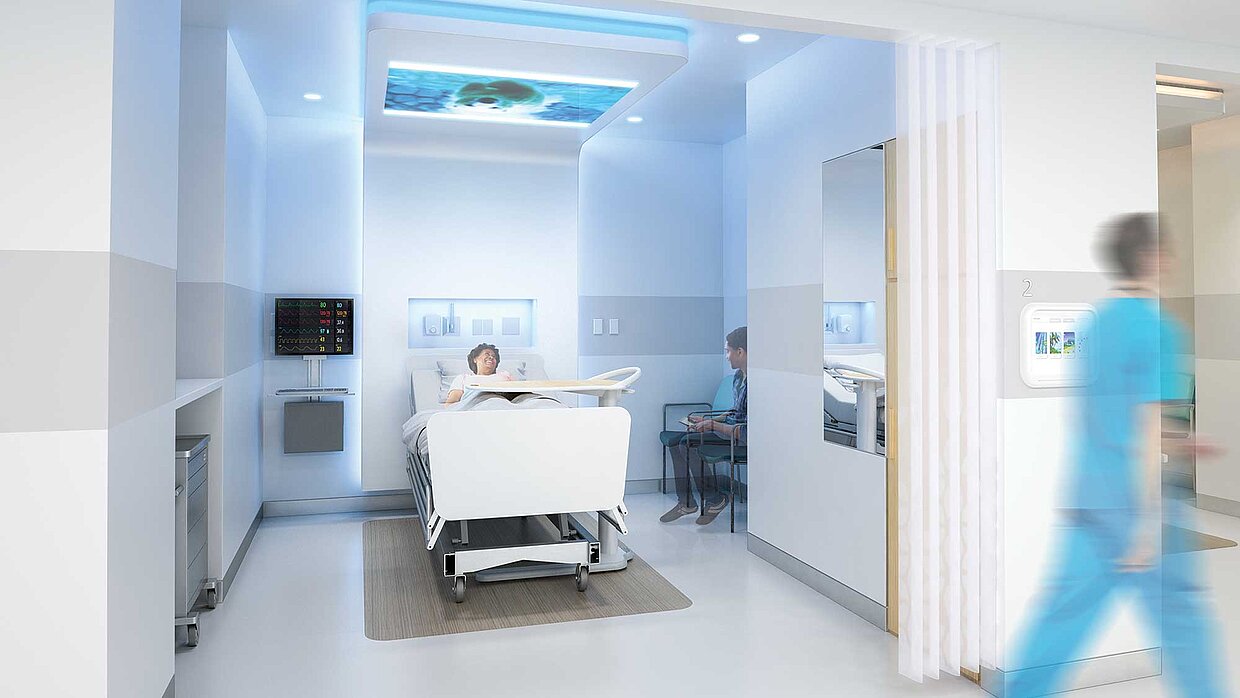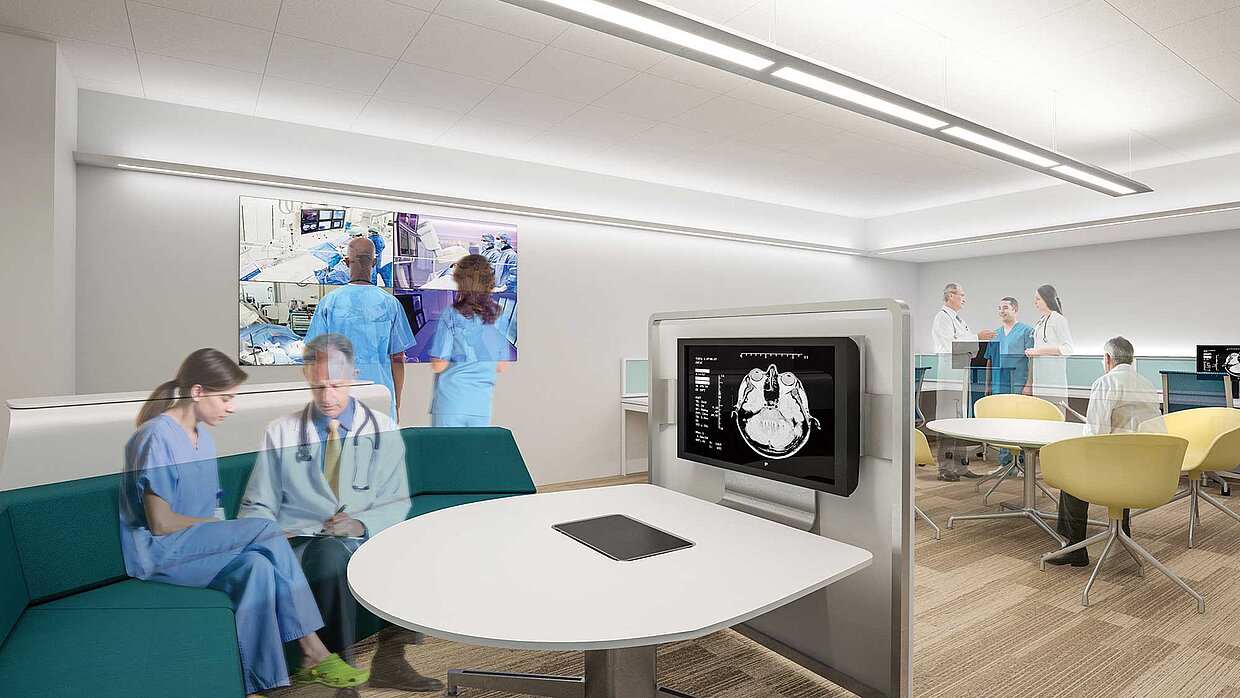Interview with Sean Hughes, Head of Philips Design Consulting, sharing more on leadership, design, and work culture matters
Working alongside Anderson Mikos Architects and Power Construction, Philips Design won a Red Dot in the Red Dot Award: Design Concept for the Cardiac Catheterization Suite. It is designed to improve patient outcomes and satisfaction after Transradial procedures. Within Philips, Sean Hughes is the Head of Design Consulting practice. They work on a global basis to deliver transformative design solutions to healthcare providers and retail partners. Philips wants to improve access to care, drive efficiency in care delivery and advance the experience of care for all stakeholders.
Sean Hughes talks to Red Dot about leadership, design and work culture matters.
Red Dot: Why did you become a designer?
Sean Hughes: I was always interested in both art and technology, and couldn’t decide if I wanted to be an Architect, a Painter or a Sculptor. Industrial Design offered the opportunity to explore and develop both, creative and technical challenges, and seemed to be a perfect match.
What is one specific challenge you encounter as a designer in the healthcare industry?
Ensuring we address the needs of multiple stakeholders is a key part of the creative challenge, especially when designing solutions in the healthcare space.
What is the most fulfilling part about completing a project?
The biggest benefit we get from any project is learning new things about the customer or the patients and gathering insights that can feed and inform our innovation funnel.
What has been your defining moment as a designer?
I have a few defining moments when I reflect on my career to this day. Firstly, gaining a place at the Royal College of Art in London to undertake my master’s degree. Then, joining Philips Design twenty-five years ago, and after that, being appointed Chief Design officer for Philips Healthcare. My previous roles stand out as significant steps on an ever evolving career journey.
Holding a senior role, how do you ensure that you still continue to learn and grow as a designer?
A great way to stay up-to-date with the latest trends in design and the industries that we support is by attending key conferences or industry forums.
How would you describe your design research?
Our design research is best described as “hands on”. We get out of the studio and we go to the places and spaces we are designing. Meeting patients, staff and other parties that play a role in the future solutions we are working on. We use many tools, such as journey mapping, shadowing, interviewing and observation to gather as much qualitative and quantitative data. This helps us to make informed decisions and recommendations.
Philips is a game changer in the market. How do you know that your design has been a success?
Peer recognition, such as this design award, is always a nice acknowledgement for our design team and business partners.
If you could describe your corporate culture in one phrase, what would you say?
I would say that Philips has always been a people focused company, at least for the 25 years that I have worked here.
What would you say regarding your company’s culture?
We always aspire to take the latest technology and innovations, and then transform them in a way to improve people’s lives.
How do you decide which members are to work on certain projects?
We try to match the needs of the project and the capabilities we need to draw on to deliver a successful outcome. In this respect, the individual designer’s capabilities and experiences are crucial factors that help to staff our project teams.
How do you say no to people?
I prefer not to say no, unless I really have to. Instead, I would like to reframe the challenge with a different perspective and keep the conversation moving forward in a positive way.
